![]()
By Rob Harris
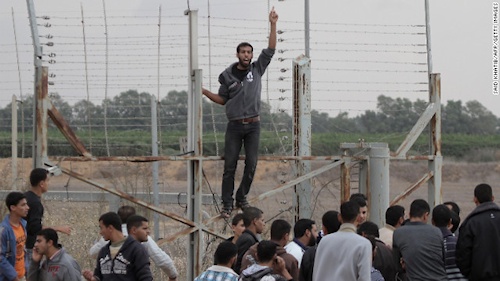
A demonstration next to the security fence on the Gaza border with Israel east of Khan Yunis, in the southern Gaza Strip, on Friday, November 23. (CNN)
Conflict at the Gaza border on the 23rd November, in which one Gazan man was shot dead by the IDF, has added to claims by supporters of the Palestinian cause that Israel was aggressor in the November 2012 conflict. The death of a 13 year old boy, supposedly killed by the IDF whilst playing soccer, is credited by pro-Palestinians for instigating the minor war, despite the fact that there were attacks against the IDF earlier that day, and reports indicate events surrounding the boy’s death diverge strongly.
On the 23rd, a large number of Gazan’s amassed at a particular point by the border fence with Israel. Some claimed they were agricultural workers. Other Palestinian sources claimed these people were in fact on their way to prayer, Friday being the Muslim holy day. Hamas claimed the IDF response was a ceasefire violation but urged terrorist groups within Gaza to remain calm, should further violence harm Hamas’ gains made by Israel’s overly generous concessions in the ceasefire deal, signed two days previously, and put at risk the consolidation of its power in Gaza.
Most online (and broadcast) video of the incident comes from Russian news channel RT, which is not often regarded as an impartial source. The footage is heavily edited but still indicates the Palestinian presence at the border was far from peaceful.
httpv://www.youtube.com/watch?v=Tu0N3NDLSmc
Indeed, a provocative element within the gathering is at least partially acknowledged by the comments of a relative of the deceased man, who was present during the Israeli gunfire. To quote Reuters:
“Anwar [Qdeih] was trying to put a Hamas flag on the fence,” said Omar Qdeih, a relative of the man killed who was at the scene.
“The army fired three times into the air. Anwar shouted at them ‘Jaabari is behind you’, then they shot him in the head,” he told Reuters.
Thus the intensity of the Palestinian presence seems to have been significant. Many sources also refer to the fact that the border area has long been understood to be a closed zone due to terrorist attacks, e.g:
Health officials said Anwar Qdeih, 23, was hit in the head by Israeli gunfire after he approached the security fence that runs between Israel and Gaza — an area that Israel has long declared a no-go zone for Palestinians.
It would seem probable that a significant portion of the three hundred or more Palestinians present tried to damage and/or cross the border, which is a common activity when protests at the border occur.
Warning shots were fired into the air to distance the crowd from the fence but some kept coming or remained on scene as the video footage suggests. The IDF claim that shots were also fired at the legs of some protestors after they continued their apparent attempt to cross into Israel. Such actions tally with standard IDF procedure at the border — an area that has long been a source of conflict. Reportedly, a Gazan man infiltrated Israeli territory in the course of the border commotion but was promptly sent back to Gaza.
Furthermore, the fact that a significant number of people gathered in one place along many miles of border suggests a level of planning prior to the confrontation. There are no reports of similar incidents involving casualties at other parts of the border.
Although accounts vary on the way in which a Gaza-based Palestinian man got through the border in the early hours of the following Monday, to then commit a knife attack against an Israeli woman and her children in their home, some reports state that it occurred after he was able to infiltrate the border due to damage caused by the events of November 23rd.
Showing little fear of their supposed oppressors
It is notable that the trouble at the Israeli-Gazan border occurred at the same sort of location to that of several other significant flash-points of conflict, which led to Operation Pillar of Cloud. Moreover, there were reports of further demonstrations in the area after the death of Anwar Qdeih was known.
On the one hand, this behaviour suggests that many Palestinians do not take the risk of confronting the IDF seriously. This is a definite possibility, when considering the spectacle of children attempting to provoke armed soldiers, in collusion with older Palestinians shooting video nearby. Such behaviour does not neatly fit the common anti-Israeli portrait of the IDF as barbaric genocidal Nazi-like killers.
httpv://www.youtube.com/watch?v=oHHQArtFxOA
However, background to this post-Pillar of Cloud border conflict suggests a complex political intent.
An article by the Palestinian Ma’an News Agency states there was a little-reported incident at the Gaza border one day after the ceasefire (Thursday the 22nd), where it was claimed some two hundred protestors tried to break through the border. The Times of Israel also alludes to the event, stating two Palestinians were injured by Israeli gunfire when “marching” near the same area as the bigger protest the next day.
The common and repeated nature of these two confrontations may well suggest that Hamas was involved in the incidents. Hamas is noted for ruling Gaza with an iron grip and a watchful eye, to the extent that its crackdowns on dissent have harmed its popularity in Gaza to a significant degree. The very high sensitivity of the border area, especially in the immediate aftermath of outright war, would of course be obvious to the group. There is a high probability that the group engineered or at least gave their assent to the border confrontations.
Hamas having such an intent would be far from unprecedented, as the Nabka Day border attacks attest. In 2011, 45 Palestinians were injured attempting to break through the border. There were a number of casualties in similar protests this year, and the Gaza-Egyptian border has not been exempt from similarly well organised violent protests/riots either.
At this time, engineering confrontations at very sensitive border areas has a positive political benefit for Hamas. In the short term, direct terrorist attacks are no longer a viable political option, after having agreed to the ceasefire. It would lead to criticism of their stance, and also place at risk the significant political gains they have obtained in the ceasefire agreement. Hamas also have cause to complain to their clearly sympathetic Egyptian mediators by claiming Israel were the first to break the ceasefire.
According to the Ma’an News Agency, Hamas have since deployed “security forces” nearer the border with Israel in the aftermath of the border incidents. Reports suggest the conflict at the border would seem to have legitimised such a move, perhaps even in Israel’s eyes!
The increased vulnerability of the border has already been exposed with the crossing of a Gazan terrorist, who stabbed a woman in her family home whilst she was attempting to defend her four children, before fleeing and being shot. The event echoed the savage attack on the Fogel family last year, and could have been just as destructive if it were not for the fact the woman in question was a martial arts expert. However, such a significant violation has been largely ignored by the international media, after they produced a high volume of content over the November 23rd border shooting, and a substantial reportage critical of Israel’s border buffer zone.
The loss (or compromise) of the buffer zone will also make Israeli forces more vulnerable to attack and kidnap, a stated aim of Hamas’ leaders, with tunnelling made easier. Hamas has openly refused to stop re-arming because it claims it can only extract concessions from Israel with violence.
If Hamas poses a medium-term risk, there is still reason to think there may be a more imminent risk of hostilities re-commencing, with Islamic Jihad’s deputy-leader, Ziad Nakhalah, describing the ceasefire as “temporary and partial.”
Rob Harris contributes articles to several websites on contentious political issues (not to be confused with the popular English novelist (1957-) of the same name). He blogs at eirael.blogspot.com. He lives in Ireland. For all the exclusive blog entries by Rob Harris, go here.



 RSS
RSS

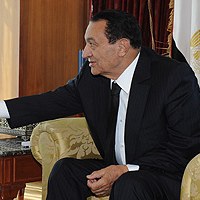

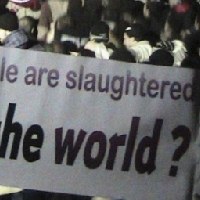
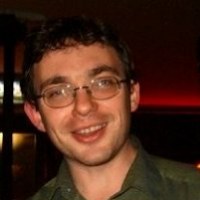
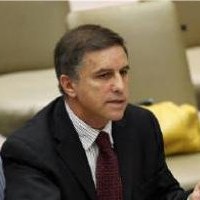




Latest Comments
Hello Mike, Thank you for your positive feedback to the article. I felt there wasn’t too much critical analysis of ...
Thanks for this considered and well constructed article. A follow up article on the manner in which the editorial contro...
THE CLUELESSNESS OF CLAIMING THAT OBAMA'S MIDDLE EAST POLICIES WERE A FAILURE CANNOT BE FURTHER FROM THE TRUTH, WHAT THE...
As long as Obama is the president of the usa do not trust the us government......
Thank you for an good read....